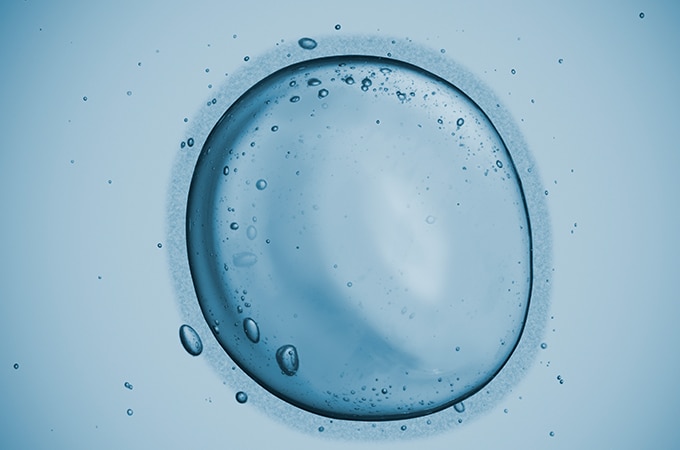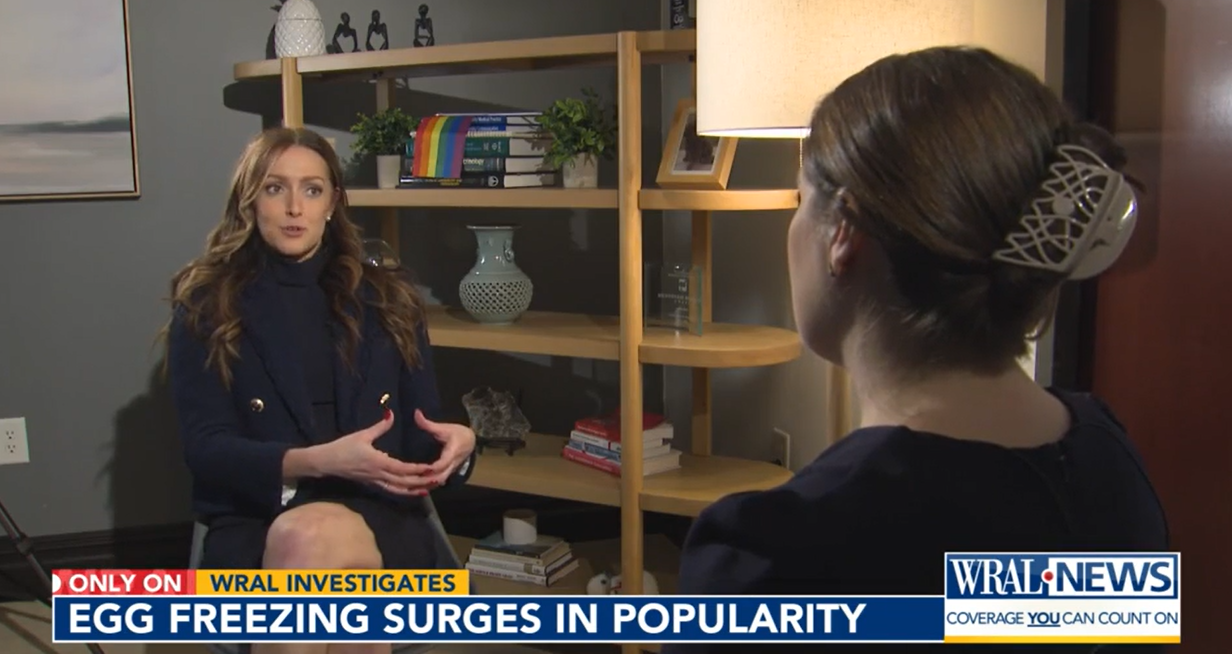Freezing Eggs for Future Pregnancy

For many women in their late-20s to mid-30s, starting a family might be on their minds as something to consider down the road but not immediately. Oocyte cryopreservation, commonly known as egg freezing, is the process of retrieving unfertilized eggs and flash freezing them so they are preserved in peak condition for a woman to return and fertilize when she is ready to begin a family. Parents.com sought advice from Shady Grove Fertility’s Medical Director Eric A. Widra, M.D., and Egg Freezing Program Director, Michele Purcell, R.N., for women who have heard a bit about the egg freezing process and are looking for more details about freezing eggs.
Tip #1: Do your research.
The Parents.com article points out that it’s relatively easy to find a fertility center in most areas, but with egg freezing being such a relatively newly available treatment, it’s essential to dig a little deeper. Purcell says, “It’s not just about finding a center, it’s about finding a center that does egg freezing, thaws the eggs, and has data of its success rates. Technically, anyone can say that they can freeze eggs, but the question is: Are you freezing them correctly?” The previous egg freezing methods were unreliable because water would infiltrate the egg, making it unusable for future re-implantation. Purcell advises readers to research to be sure the center is using the most up to date flash-freezing technology correctly. At Shady Grove Fertility, we encourage women to ask specific questions about egg thaws and success rates. For example, women should ask, “How many eggs thaws have you done? What were the success rates with those thawed eggs? How many thawed eggs survived? What is the fertilization rate of those thawed eggs? What are your pregnancy rates per egg thaw?”
Tip #2: Testing can guide your decision.
In the fall of 2014 egg freezing financing made headlines when Apple and Facebook announced they would cover the cost of their female employees’ egg freezing procedures. While at Shady Grove Fertility the blood, hormone, and ovarian reserve test costs as well as the physician consultation may be covered by insurance, the cost without insurance is just $325. The other financial commitments of egg freezing include medication, the retrieval procedure, freezing costs, and storage fees. Through testing and the consultation, potential patients are able to gauge whether egg freezing is right for them before committing to the cost of freezing.
Tip #3: The technology is still very new.
It may seem as if we’ve been hearing about egg freezing forever now, but, in reality, the experimental label on cryopreservation was lifted in 2012, less than 4 years ago. Therefore, there is not a plethora of data to measure whether the process results in successful pregnancies; however, there is recent data that shows successful pregnancy rates for women who have thawed and used their frozen eggs. In addition to his role as Shady Grove Fertility’s Medical Director, Dr. Widra is also Chair of the Society for Assisted Reproductive Technology’s (SART) Practice Committee. He says, “Believe me, I think it’s a game-changing technology, and I’m super-enthusiastic about it, particularly for women who know they want children and want a backup plan for the future. But to say that egg thawing is a perfectly well-established technology… it’s a little hard to say that. I think we need to be honest and realistic with people about exactly how much we know.”
Tip #4: Don’t wait to freeze eggs.
At Shady Grove Fertility we believe women who are 37 and younger should freeze approximately 15 to 20 good quality (mature) eggs to provide an appropriate level of assurance that one cycle will result in a future pregnancy and baby. For women 37 and older, we believe 30 is the right amount of eggs. As a woman ages, the quantity and quality of her eggs diminish, with a rapid decrease beginning at around 35. Whether it’s recommended a patient bank 20 or 30 eggs, the process may well involve multiple retrieval cycles, costing more each time. To address the cost issue, Shady Grove Fertility created the innovative Assure Fertility Financial Program where, for a flat fee if a woman is able to harvest enough eggs in her first cycle, Shady Grove Fertility will refund a portion of the fee. Women closer to 40 and over may not have the quality or quantity of eggs to make the procedure work as the insurance policy it’s meant to.
Tip #5: Freeze eggs for good peace of mind.
Last spring, the Washington Post’s wedding reporter Ellen McCarthy wrote about the journey of freezing eggs in her book The Real Thing: Lessons on Love and Life from a Wedding Reporter’s Notebook. After earning the job as the Post’s prestigious wedding correspondent, McCarthy found herself single. Positive she wanted a family but without a partner at the time she saved for a year and froze her eggs. She writes that the process liberated her. She was able to excel at her career and her social and romantic life without the pressure of wondering constantly if her time to have a family would slip away. Fertility specialists share this view that egg freezing is empowering women and helping them feel relief from societal pressures.
Read the full article on Parents.com. Click here to learn more about egg freezing. To schedule an appointment, call 1-877-411-9292 or fill out this brief form.






